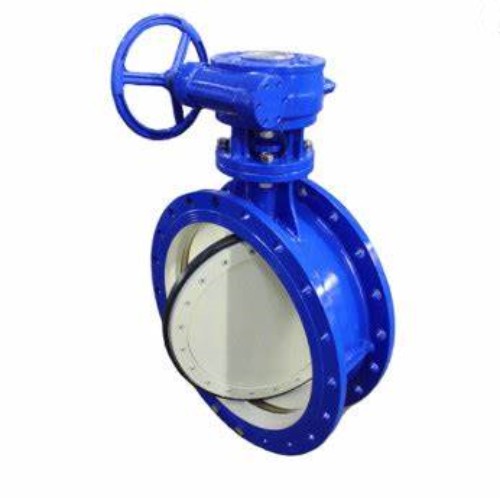24V Solenoid Valve Solutions for Efficient Fluid Control and Automation Applications
Understanding the 24V Solenoid Valve A Comprehensive Guide
In the realm of automation and fluid control, solenoid valves play a crucial role, serving as the gateways to control the flow of liquids and gases. Among the various types of solenoid valves available, the 24V solenoid valve stands out as a popular choice for both industrial and commercial applications. This article aims to delve into the workings, applications, advantages, and maintenance of 24V solenoid valves.
What is a Solenoid Valve?
A solenoid valve is an electromechanical device used to control the flow of fluids in a system. It consists of a coil, a movable plunger, and a valve body. When electricity is supplied to the coil, it generates a magnetic field that pulls the plunger into the coil. This action either opens or closes the valve, thus controlling the flow of the medium. Solenoid valves are available in various configurations, including normally open (NO) and normally closed (NC), depending on their operational requirements.
Why 24V?
The choice of a 24V solenoid valve is predominantly driven by safety and compatibility considerations. In numerous applications, 24 volts is deemed a safe operating voltage for electrical devices, mitigating the risk of electric shock. Additionally, 24V systems are widely used in both commercial and industrial environments, making these solenoid valves highly compatible with existing infrastructure. Furthermore, 24V solenoid valves often integrate seamlessly with programmable logic controllers (PLCs) and other automation systems.
Applications of 24V Solenoid Valves
24V solenoid valves are versatile and find utility across a range of sectors. Some common applications include
1. Water and Wastewater Management To control the flow of water in treatment facilities and irrigation systems. 2. HVAC Systems For regulating the flow of refrigerants and air in heating, ventilation, and air conditioning systems.
3. Automotive Industry Used in various applications such as fuel systems and pneumatic controls.
4. Food and Beverage Industry Ensuring the accurate flow of ingredients and maintaining hygiene standards in processing plants.
5. Chemical Processing For controlling the flow of corrosive and hazardous fluids while ensuring safety.
These applications highlight the valve's adaptability and the critical role it plays in maintaining operational efficiency.
solenoid valve 24v

Advantages of Using 24V Solenoid Valves
2. Compact Design 24V solenoid valves are generally compact, offering ease of installation and space-saving advantages in design.
3. Quick Response Time These valves typically have a rapid actuation time, allowing for precise control over flow rates.
4. Durability and Reliability Constructed from materials like brass, stainless steel, or plastic, they withstand harsh conditions and have a long operational lifespan.
5. Ease of Automation The compatibility with automation systems allows for easy integration into existing setups, enhancing operational efficiencies.
Maintenance of 24V Solenoid Valves
To ensure longevity and optimal performance, regular maintenance of 24V solenoid valves is essential. Here are some key maintenance tips
- Regular Inspections Periodically check for leaks, unusual noises, or signs of wear and tear. - Cleaning Keep the valve and surrounding area clean from dirt and debris that may impair functionality.
- Function Tests Routinely perform function tests to confirm the valve opens and closes correctly.
- Electrical Checks Inspect electrical connections for corrosion or damage, ensuring a solid electrical flow.
- Replacement of Worn Parts Identify and replace any worn components promptly to avoid system failures.
In conclusion, a 24V solenoid valve is an essential component in various fluid control applications, offering numerous advantages in efficiency, safety, and reliability. By understanding their operation and characteristics, users can make informed decisions when selecting solenoid valves for their specific needs, thereby enhancing the efficiency and safety of their systems. Regular maintenance will ensure that these vital components remain in top working condition, contributing to the overall success of fluid management operations.
-
The Key to Fluid Control: Exploring the Advantages of Ball Valves in Industrial SystemsNewsJul.09,2025
-
The Versatile World of 1, 2, and 3 Piece Ball ValvesNewsJul.09,2025
-
Stainless Steel Ball Valves: The Ideal Choice for Efficient Flow ControlNewsJul.09,2025
-
Optimizing Fluid Control with Ball Float ValvesNewsJul.09,2025
-
Manual Gate Valves: Essential for Control and EfficiencyNewsJul.09,2025
-
Everything You Need to Know About Butterfly ValvesNewsJul.09,2025
-
The Versatility of Wafer Type Butterfly ValvesNewsJul.08,2025




